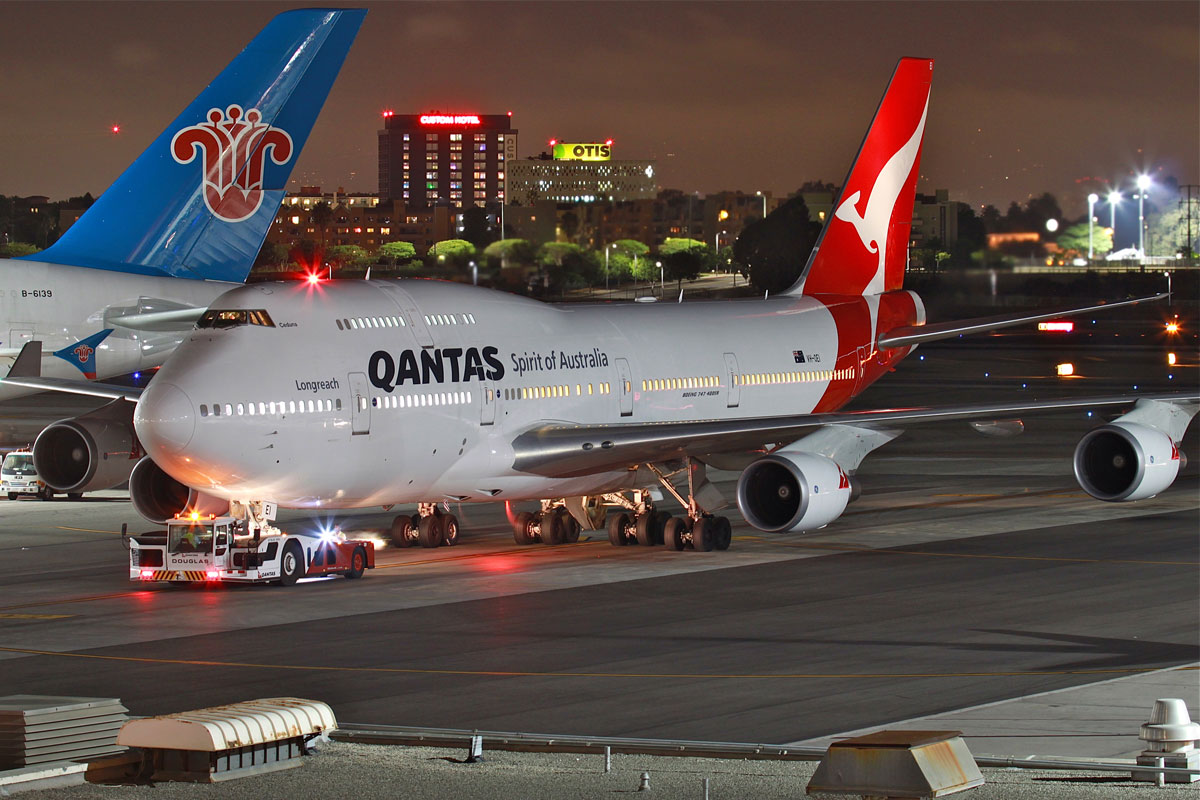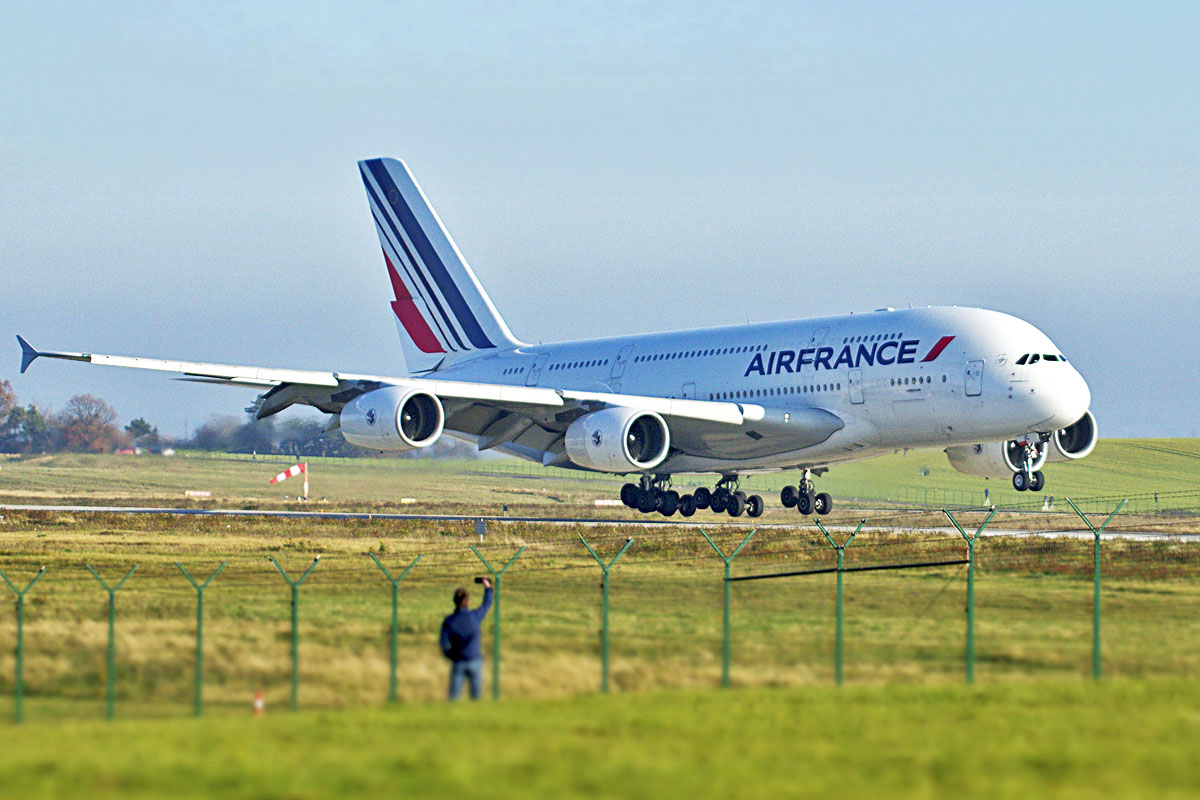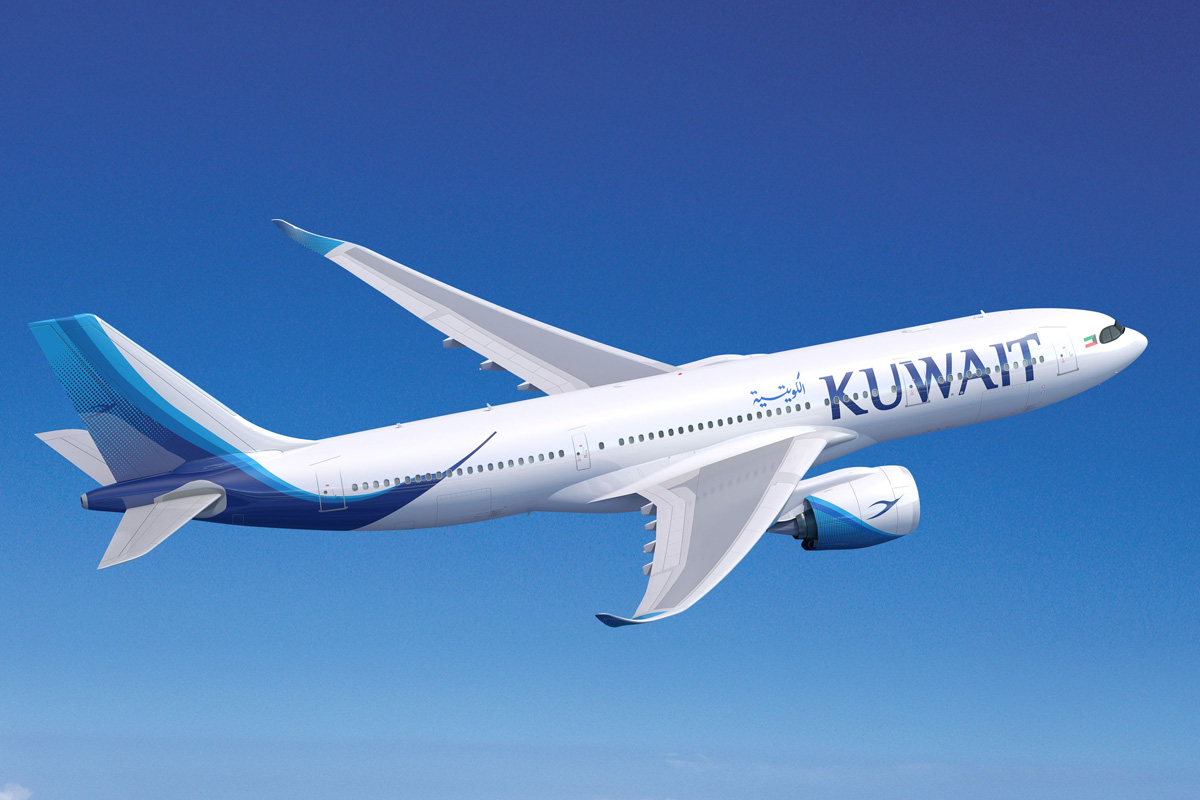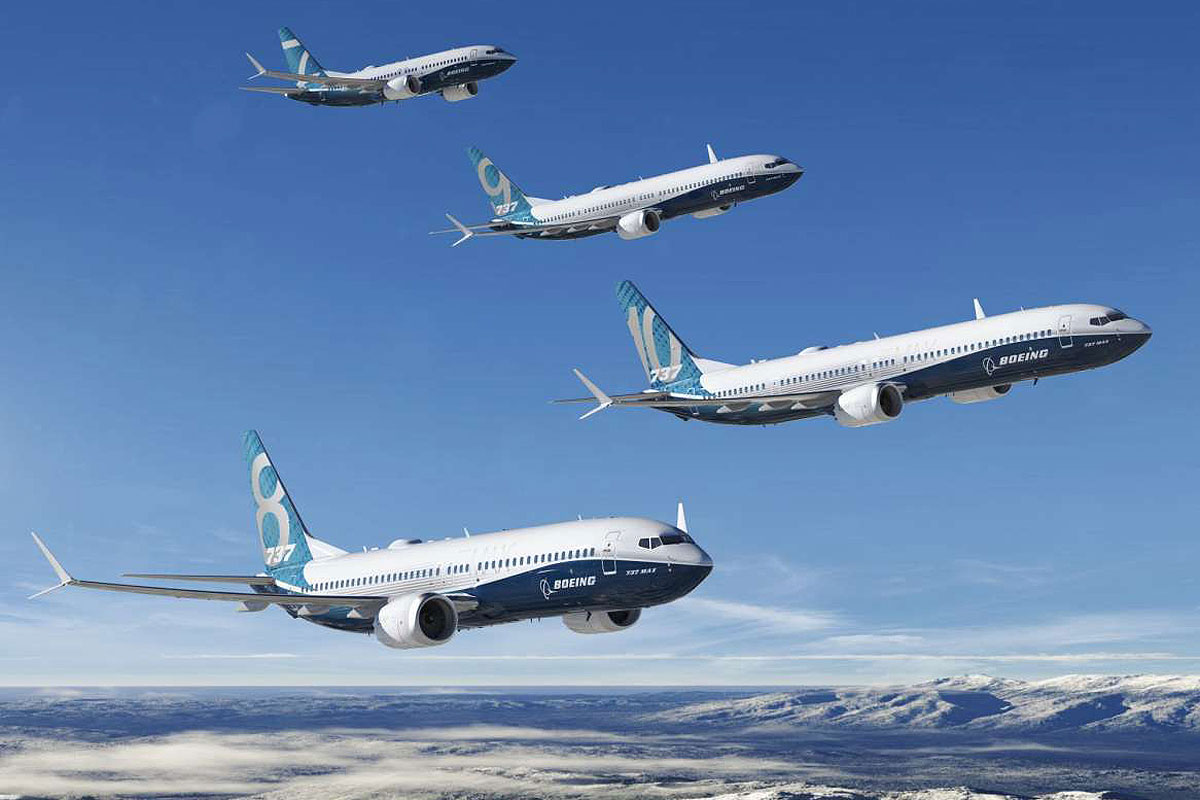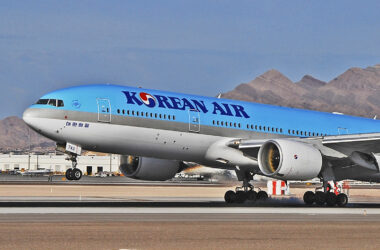The recovery plan announced by Qantas on Thursday reveals how serious the situation in the air transport sector is. Australia’s leading company, Qantas had no alternative but to shrink a lot.
Its fleet of aircraft, which today has 133 units, will maintain only about 30 aircraft. The excess will be returned to lessors or will be stored for at least a year, the company said, including the 12 Airbus A380, which will be sent to California’s Mojave Desert.
The fate of the Airbus giant, which is due to fly again in 2023, is more promising than that of the Qantas Boeing 747-400. Its six remaining Jumbos are definitely retired, six months ahead of schedule.
Deferred orders
Qantas says it will reduce its long-haul network, which will be in charge of some 787-9 and A330 jets. The airline also confirmed that pending orders for Dreamliner and A321neo will have deliveries delayed, although it did not reveal a deadline. The plan foresees an expenditure of $1 billion in the next 12 months, but that will be reflected in a savings of US $ 15 billion in three years.
Qantas CEO Alan Joyce ensured that “The Qantas Group entered this crisis in a better position than most airlines and we have some of the best prospects for recovery, especially in the domestic market.”
Joyce, however, admitted that this would mean “becoming a smaller airline in the short term” and that adapting to the new reality forced the company to make “some very painful decisions. The job losses we’re announcing today are confronting” – Qantas will lay off 6,000 employees in the next months.
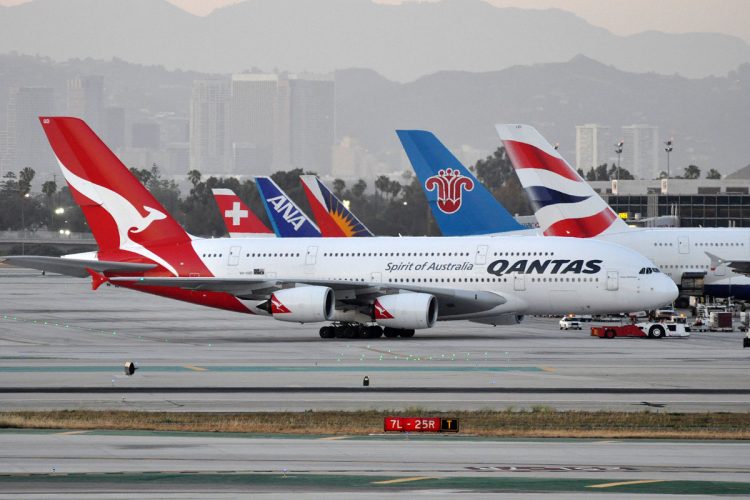
Sunrise project
The pandemic caught Qantas in the midst of an ambitious project, Sunrise, to launch ultra-long-haul routes between Sydney and Melbourne and destinations like New York and London nonstop.
The company conducted test flights earlier this year to look at ways to make the trip as stress-free as possible. Before suspending the project, Qantas had appointed the A350-1000 as the preferred aircraft for these flights, which involve distances of up to 17,000 km.

